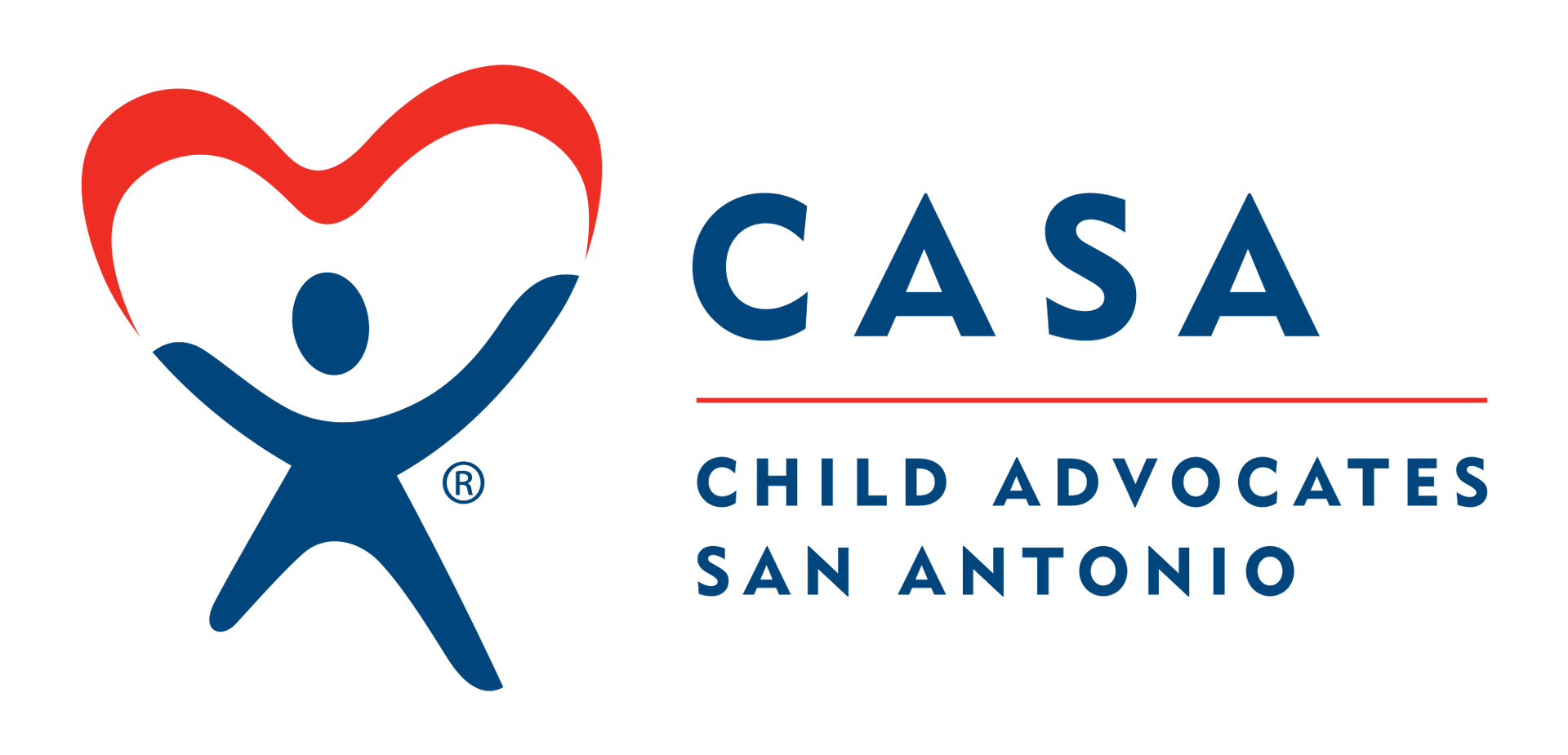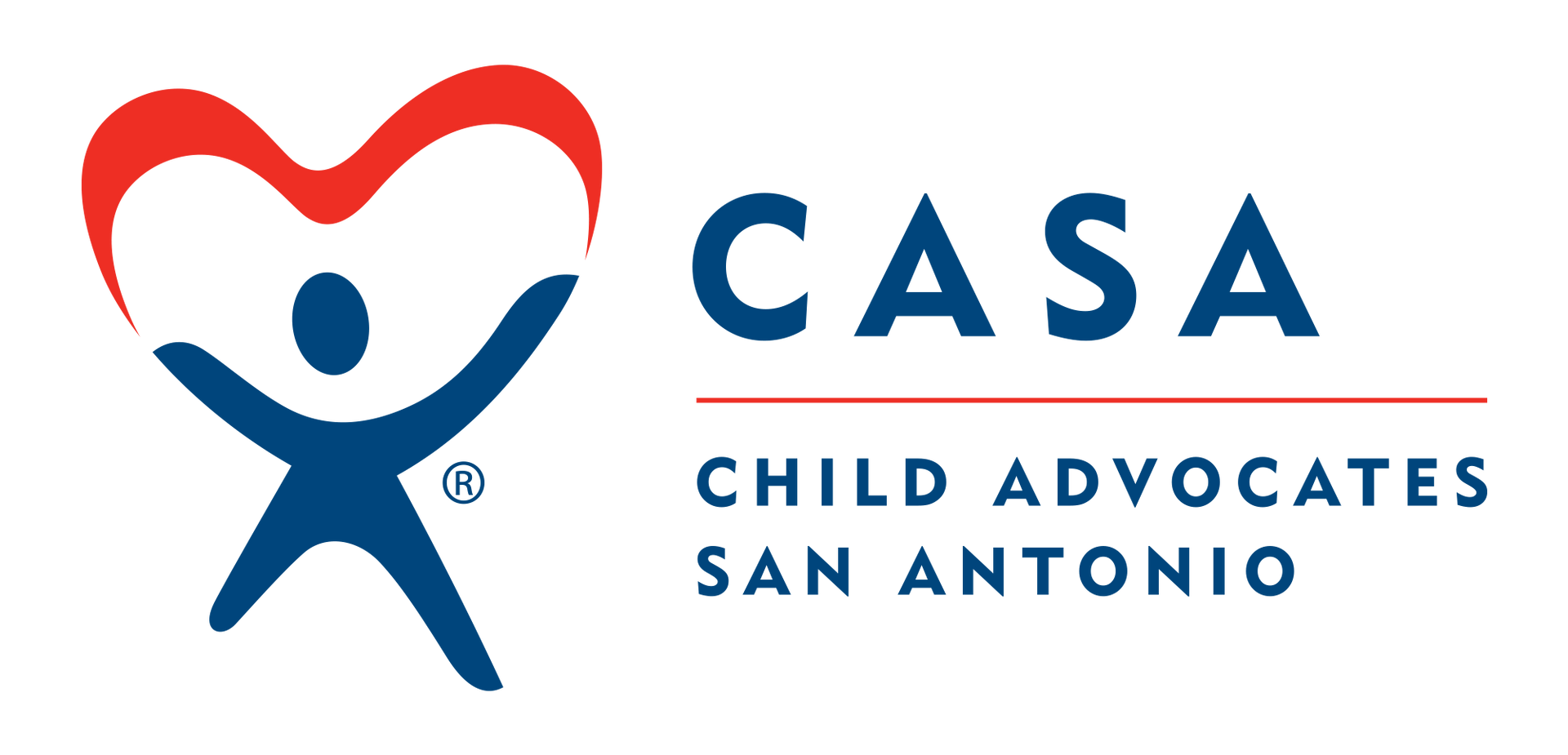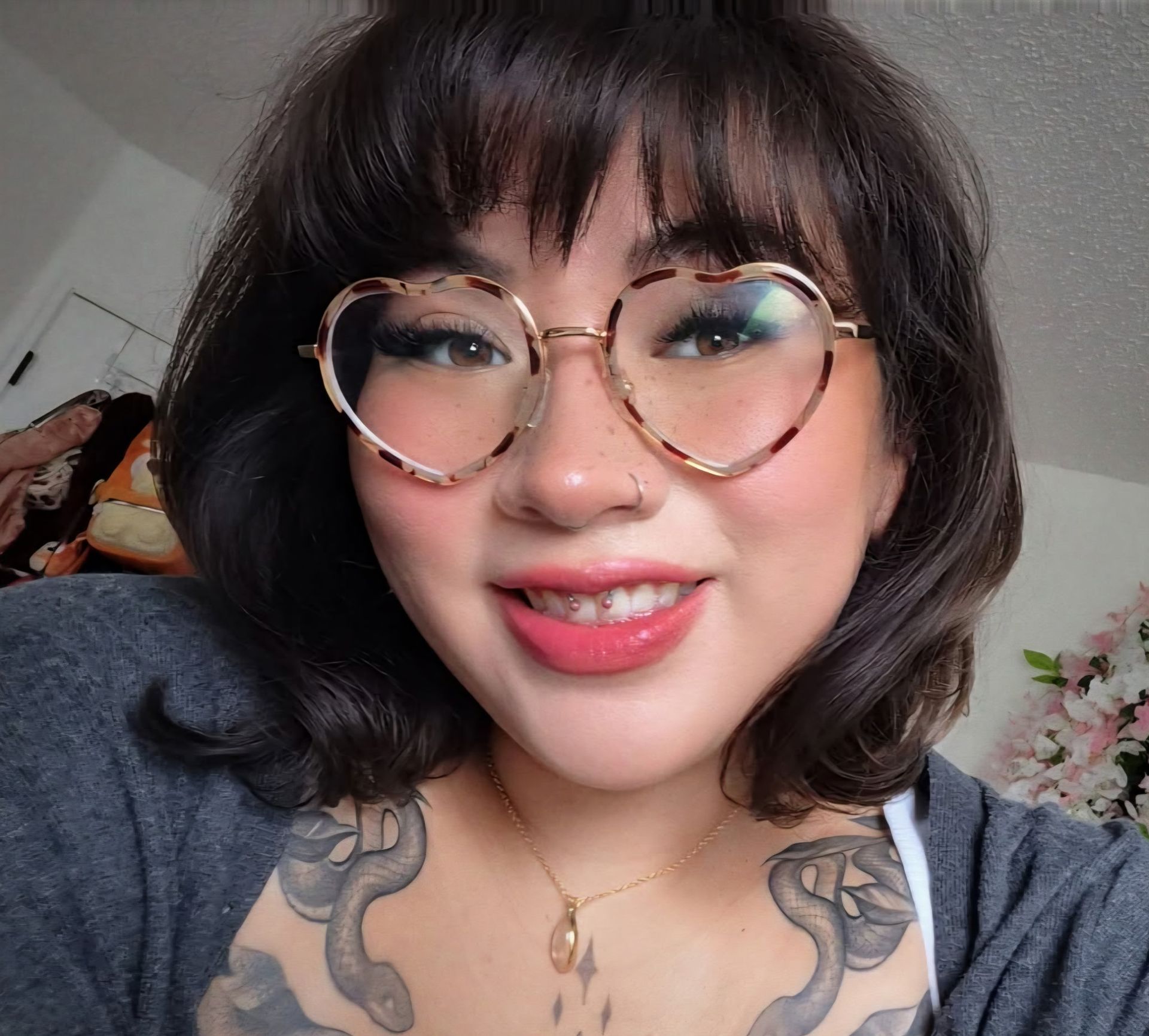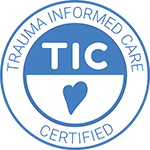Advocate Spotlight: JoAnn & Benny
July Advocate Interview

1. How long have you been an Advocate and when did you realize you wanted to become one?
We became Advocates May 2017. We had been discussing volunteering for an organization since the Fall of 2016. After attending an information session in early 2017 and finding it very positive, we left realizing we decided to make a commitment to volunteer for CASA.
2. What is the most rewarding aspect of being an Advocate?
The most rewarding aspect as an Advocate has been making a real connection with the children, establishing a trusting relationship and offering our support. As our relationships developed, we discovered how important our role is in the lives of these children who have experienced so much trauma in their lives.
3. If you could offer words of encouragement to your fellow and incoming Advocates, what would they be?
Our words of encouragement to any Advocate would be for them to remember that they should never feel as if they are alone throughout their journey as volunteers. We would stress that CASA has many resources to assist them in resolving issues that may come up as they work their case(s). Their CASA Supervisor is always their primary resource. Supervisors are very responsive and always have or can find answers to questions or concerns involving all aspects of the cases. Their guidance and support is always just a phone call away.

During their TMC case, Nanette was assigned to two young ladies who shared a deep and loving bond with their toddler brother, who had been removed under a separate case. Recognizing that these young ladies had taken on caretaker roles for their brother, Nan wanted their visits to be safe, joyful, and centered around sibling connection rather than responsibility. Understanding the importance of preserving this relationship, Nan amplified the girls’ voices and advocated for consistent, meaningful visits while separate permanency options were being explored. She collaborated closely with the younger brother’s adoptive placement, the girls’ group home, and later their foster placement to create opportunities for the siblings to spend quality time together. When Nan was later assigned to the younger brother’s case during PMC, she was finally able to personally ensure that all three children shared visits outside of the CPS office—providing natural, family-centered experiences that strengthened their bond. Despite the children being on different permanency tracks, living in three separate placements, and facing numerous setbacks, Nan’s commitment to maintaining their connection never wavered. Eventually, the youngest child was adopted. Thanks to the strong, trusting relationship Nan had built with his adoptive family, she was able to continue arranging sibling visits even after his adoption was finalized. Nan coordinated fun, family-oriented outings where the children could enjoy time together and simply be siblings. Soon after, the middle child was also adopted. Nan ensured that all siblings were present to celebrate these important milestones in each other’s lives. She continues to organize opportunities for the siblings to connect and advocates for the oldest youth, who plans to transition out of foster care when they are older. Nan’s focus has always been on the well-being of the children. Despite challenges and complex case dynamics, she remained steadfast in ensuring that the children’s needs and wishes guided every decision. Her dedication to preserving the sibling bond demonstrates her deep understanding of how essential family connection is to achieve true permanency and emotional stability.
